BUILD YOUR OWN BACKYARD
BIRDHOUSES
and FEEDERS
Edited by Ken Beck

First published in 2011 by Cool Springs Press, an imprint of the Quayside Publishing Group, 400 First Avenue North, Suite 300, Minneapolis, MN 55401.
2011 by Cool Springs Press
All rights reserved. With the exception of quoting brief passages for the purposes of review, no part of this publication may be reproduced without prior written permission from the Publisher.
The information in this book is true and complete to the best of our knowledge. All recommendations are made without any guarantee on the part of the author or Publisher, who also disclaims any liability incurred in connection with the use of this data or specific details.
We recognize, further, that some words, model names, and designations mentioned herein are the property of the trademark holder. We use them for identification purposes only. This is not an official publication.
Cool Springs Press titles are also available at discounts in bulk quantity for industrial or sales-promotional use. For details write to Special Sales Manager at Cool Springs Press, 400 First Avenue North, Suite 300, Minneapolis, MN 55401 USA.
EAN: 978-159186-011-2
First Printing 2011
1 2 3 4 5
Digital edition: 978-1-61059-876-7
Softcover edition: 978-1-59186-011-2
Library of Congress Cataloging-in-Publication Data
Build your own backyard birdhouses and feeders / edited by Ken Beck. p. cm.
ISBN 978-1-59186-011-2 (alk. paper)
1. Birdhouses--Design and construction. 2. Bird feeders--Design and construction. I. Beck, Ken, 1951-QL676.5.B848 2011
690'.8927--dc23
2011016803
Managing Editor: Billie Brownell
Art Director: Bill Kersey, KerseyGraphics
Visit the Cool Springs Press website at www.coolspringspress.com
Photography and Illustration Credits
All illustrations are by Bill Kersey, KerseyGraphics
All photographs provided by Brian Small with the exceptions of the Tree Swallow
( (Thinkstock).
Contents
Birdhouses

Feeders

Introduction
You can always buy a birdhouse or a feeder, but making one with your own hands is sure to increase the joys of creating a nurturing environment for the birds that you love. Plus, well-built and well-placed birdhouses and bird feeders can bring homeowners hours of pleasure for many years.
There are dozens, perhaps even hundreds, of different birdhouse and feeder designs and many look quite spectacular. But the truth is that birds dont look for something decorativethey just look for simple structures that work. Never let your decorative touches get in the way of good, sound design.
Good birdhouse and feeder designs must consider the bird first. If you want to attract a specific species to your backyard lawn or garden, your first step is to study and learn the needs of that particular species.
You need to find out when they arrive in the spring, the specific type of habitat they prefer, and what their feeding habits are. Most important, you want to learn all you can about their nesting preferences. This knowledge will aid you in deciding the type of bird-house or feeder that will work best for your chosen feathered friend.

Armed with this information, you can then decide the type of structures to construct, where to locate them, how high off the ground to mount them, the appropriate size for the entrance hole, and, if you make more than one house, how far apart you should set them.
For example, bluebird houses need a 1-1/2-inch-diameter entrance hole, are best located in or near clearings, and should be spaced about 100 yards apart.
You also need to consider how you will place your birdhouses or feeders so that they will be secure and not succumb to the forces of nature, such as heavy rains and strong winds. Always place the entrance to your birdhouses so that they face away from the prevailing weather (wind, rain, and so forth) in your area. If most of your weather comes from the south and the west, for instance, entrances should be mounted toward the north and the east.

While fence posts may be convenient, nest boxes actually work better when theyre mounted on PVC pipes or freestanding metal poles. This allows you to better adjust the height and discourage a host of predators.
Bird species that elect to live in birdhouses are basically searching for a cavity where they can nest, lay their eggs, and raise their young. They are also looking for surrounding areas that offer food, water, and other kinds of shelter.
Among the more familiar species that will nest in manmade birdhouses are bluebirds, chickadees, finches, flycatchers, hummingbirds, kestrels, nuthatches, owls, purple martins, phoebes, robins, swallows, titmice, warblers, wrens, and some species of ducks and woodpeckers.
As more wildlife habitats fall victim to progress and disappear, your birdhouse can serve an important role in conservation since it provides these birds with additional nesting options in an ever-crowded world.
Helpful Hints
 The preferred building material for most birdhouses is redwood, western cedar, or cypress; it weathers better than pine or maple.
The preferred building material for most birdhouses is redwood, western cedar, or cypress; it weathers better than pine or maple.
 When purchasing plywood for outdoor projects, use exterior grade because it can better handle the elements. If you use untreated lumber, it will need to be painted with exterior-grade paint.
When purchasing plywood for outdoor projects, use exterior grade because it can better handle the elements. If you use untreated lumber, it will need to be painted with exterior-grade paint.
 Hardware, such as hinges, should be brass or galvanized, and nails and screws should be rust resistant.
Hardware, such as hinges, should be brass or galvanized, and nails and screws should be rust resistant.
 Birdhouses need ventilation and drainage holes. Feeders also need small drainage holes.
Birdhouses need ventilation and drainage holes. Feeders also need small drainage holes.
 A table saw, hammer, screwdriver, and drill will be the most useful tools. For some projects, other tools may be needed, such as a jigsaw.
A table saw, hammer, screwdriver, and drill will be the most useful tools. For some projects, other tools may be needed, such as a jigsaw.
 For drilling circular entrance holes, spade bits will do the trick. A countersink bit will allow you to insert a screw into the wood below the surface. You can fill the hole with wood filler and sand it for a smooth finish.
For drilling circular entrance holes, spade bits will do the trick. A countersink bit will allow you to insert a screw into the wood below the surface. You can fill the hole with wood filler and sand it for a smooth finish.
Next page

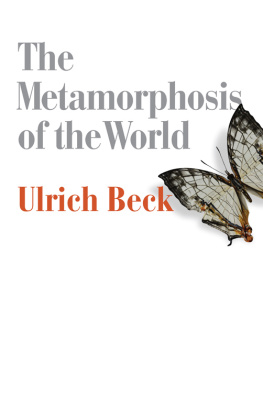


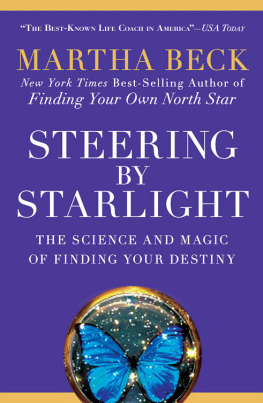
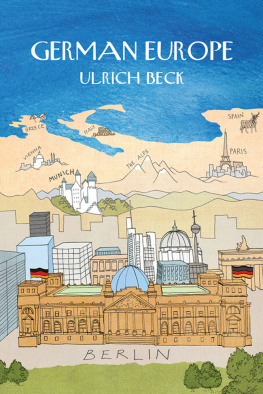
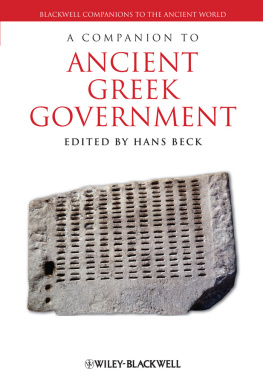
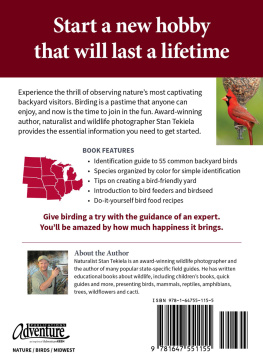

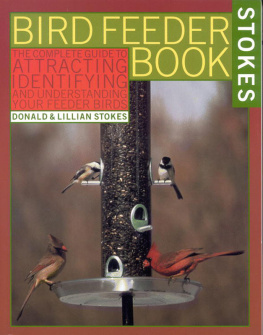

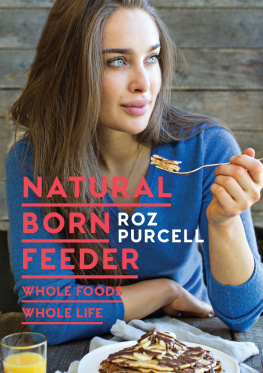
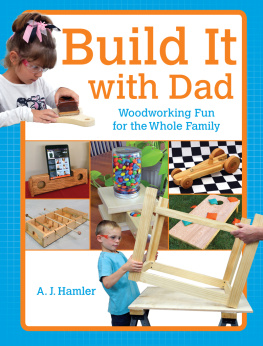
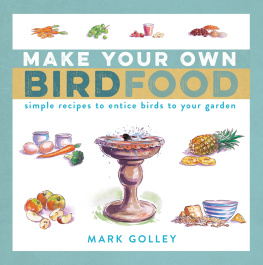
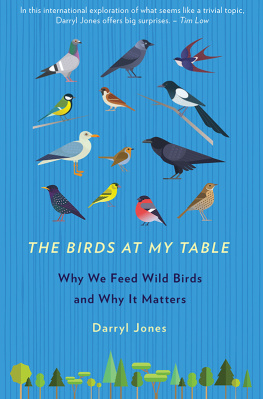
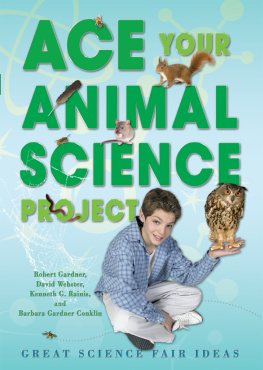









 The preferred building material for most birdhouses is redwood, western cedar, or cypress; it weathers better than pine or maple.
The preferred building material for most birdhouses is redwood, western cedar, or cypress; it weathers better than pine or maple. When purchasing plywood for outdoor projects, use exterior grade because it can better handle the elements. If you use untreated lumber, it will need to be painted with exterior-grade paint.
When purchasing plywood for outdoor projects, use exterior grade because it can better handle the elements. If you use untreated lumber, it will need to be painted with exterior-grade paint. Hardware, such as hinges, should be brass or galvanized, and nails and screws should be rust resistant.
Hardware, such as hinges, should be brass or galvanized, and nails and screws should be rust resistant. Birdhouses need ventilation and drainage holes. Feeders also need small drainage holes.
Birdhouses need ventilation and drainage holes. Feeders also need small drainage holes. A table saw, hammer, screwdriver, and drill will be the most useful tools. For some projects, other tools may be needed, such as a jigsaw.
A table saw, hammer, screwdriver, and drill will be the most useful tools. For some projects, other tools may be needed, such as a jigsaw. For drilling circular entrance holes, spade bits will do the trick. A countersink bit will allow you to insert a screw into the wood below the surface. You can fill the hole with wood filler and sand it for a smooth finish.
For drilling circular entrance holes, spade bits will do the trick. A countersink bit will allow you to insert a screw into the wood below the surface. You can fill the hole with wood filler and sand it for a smooth finish.